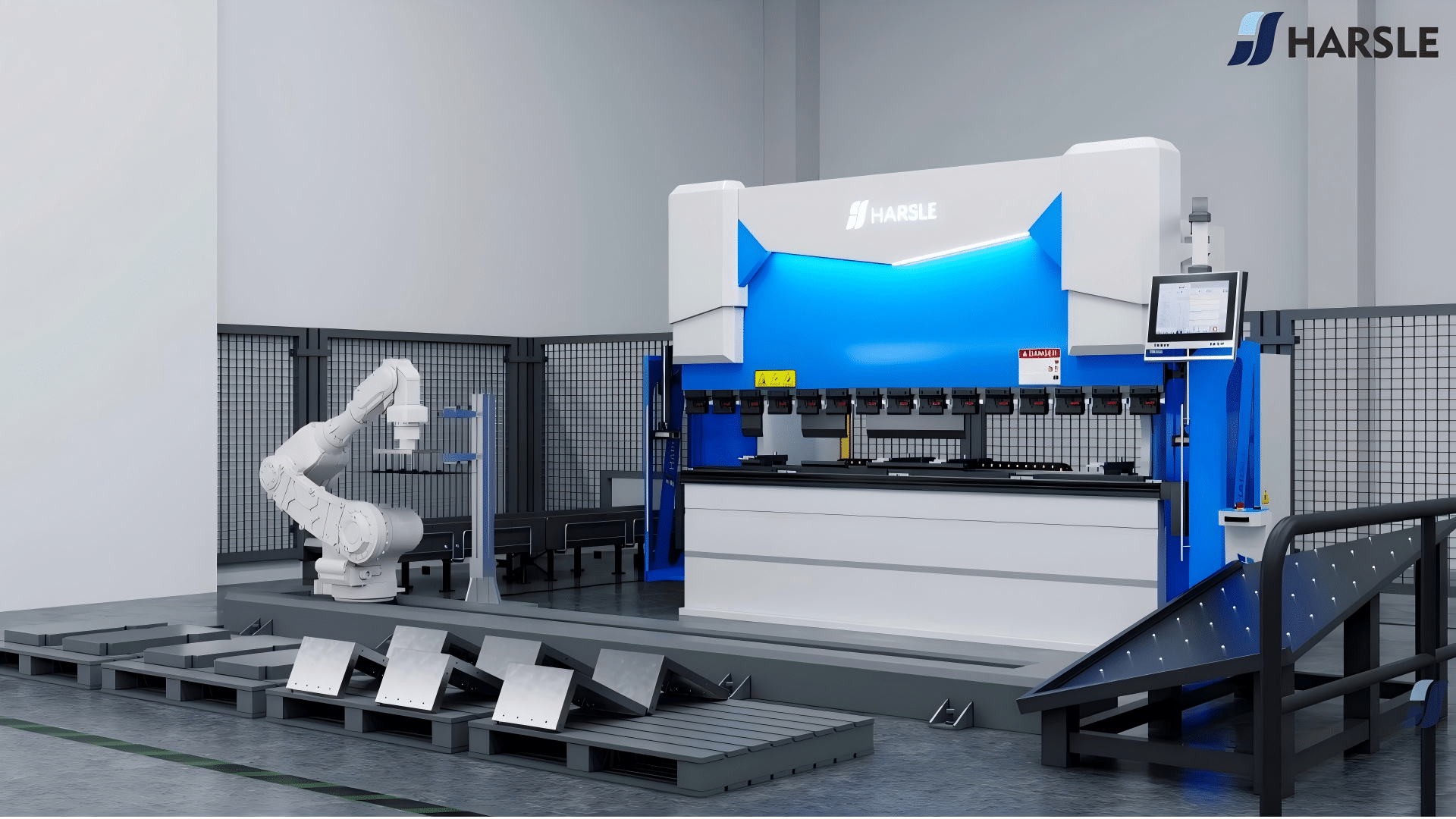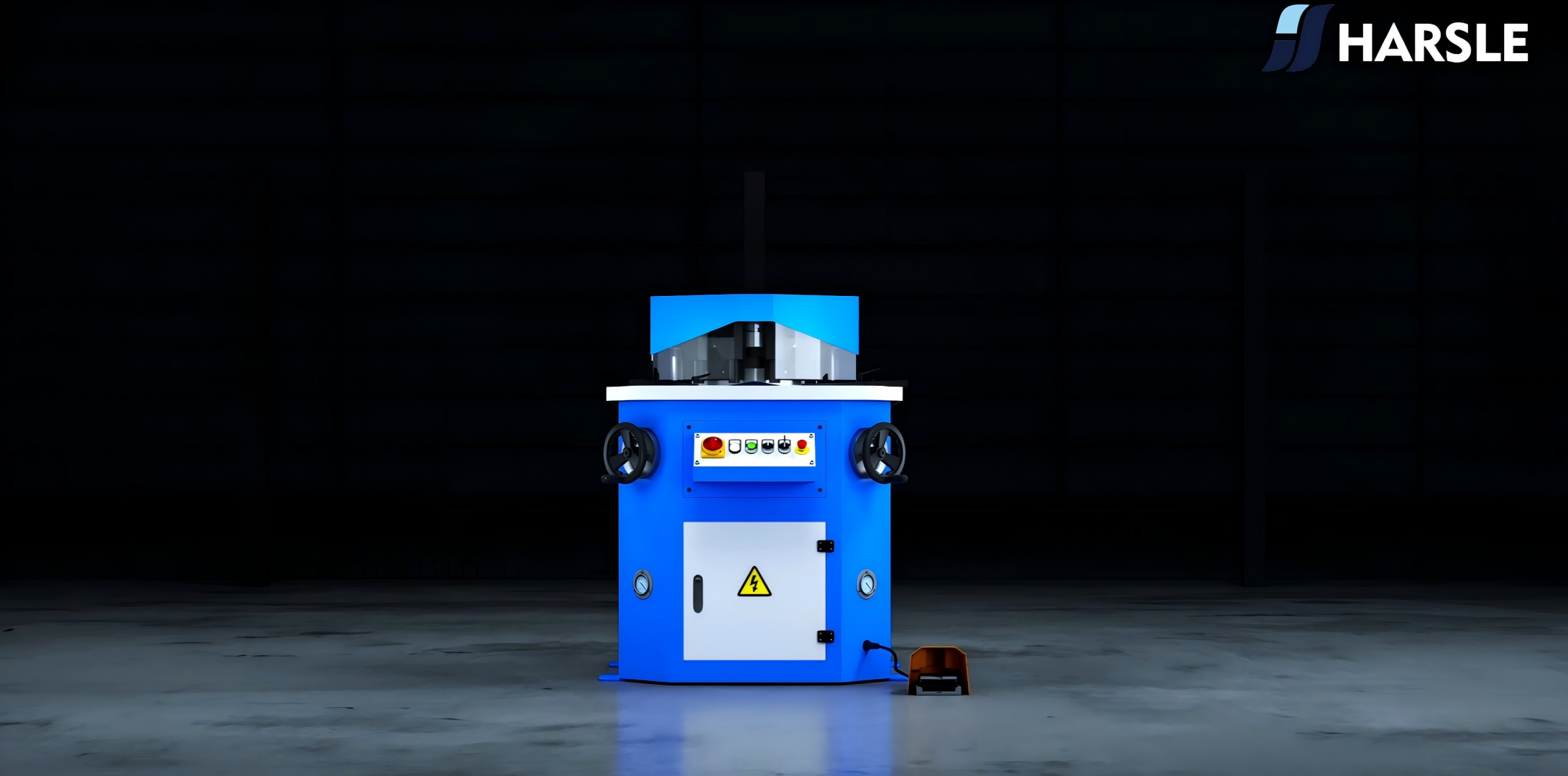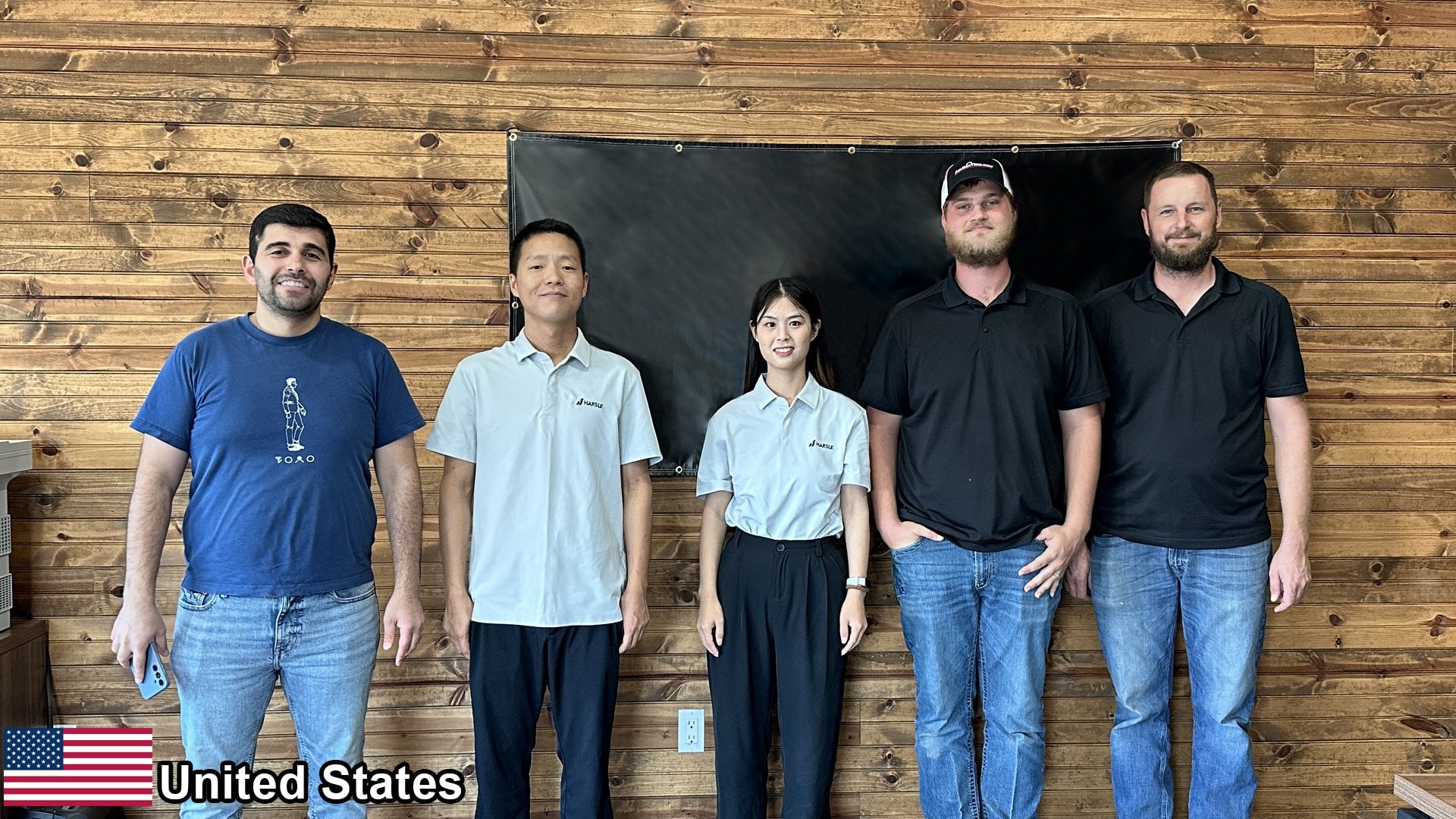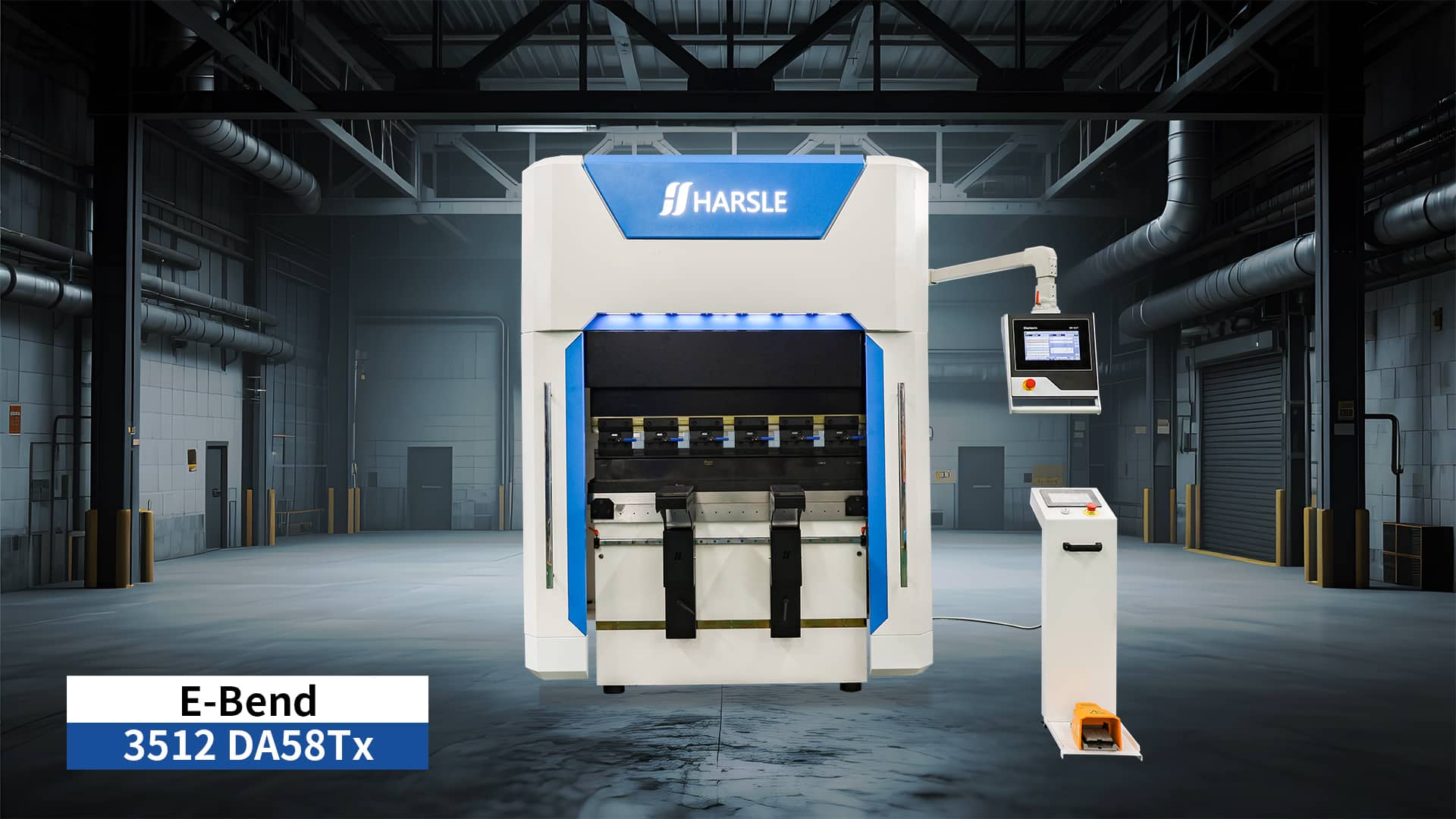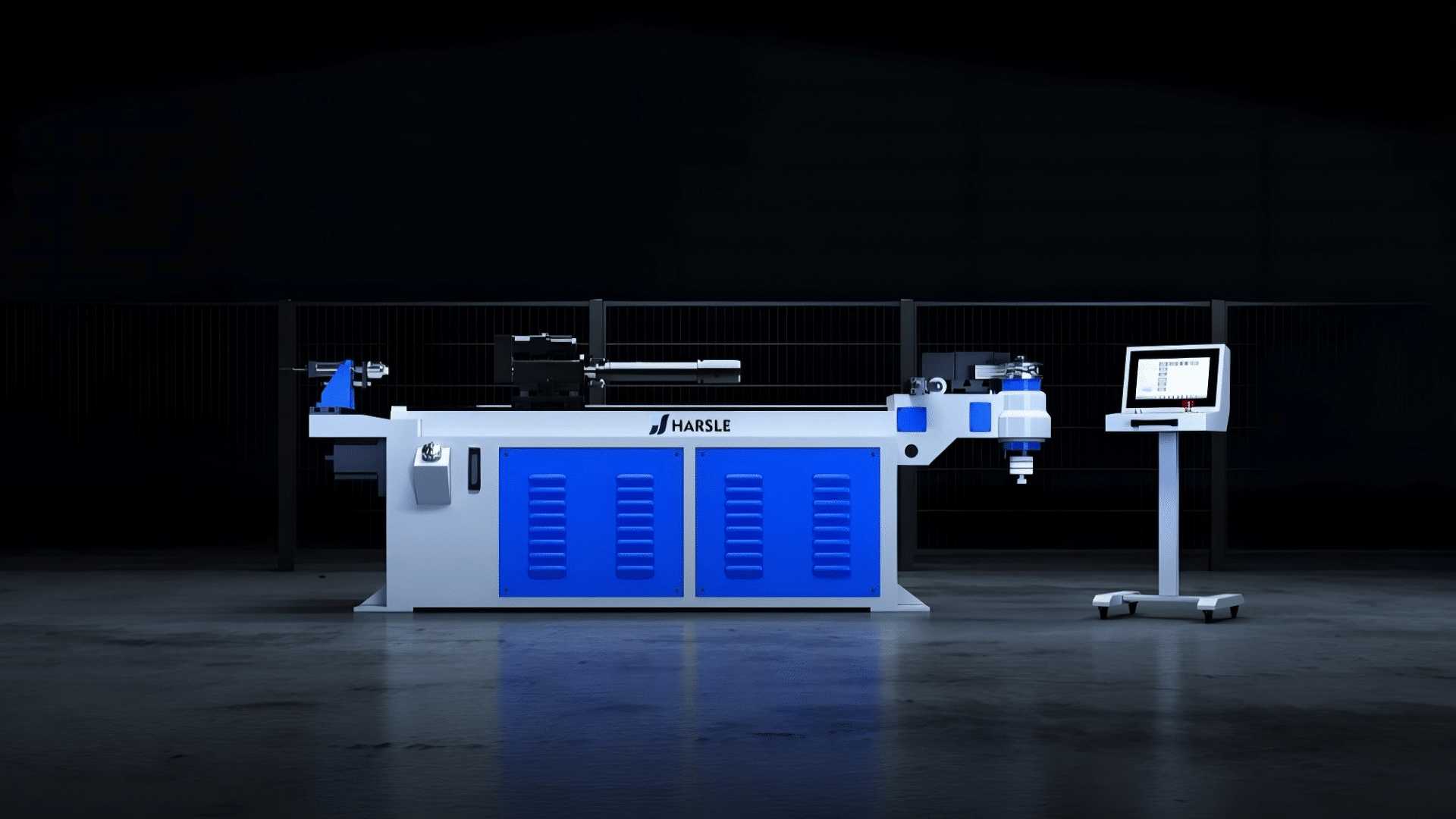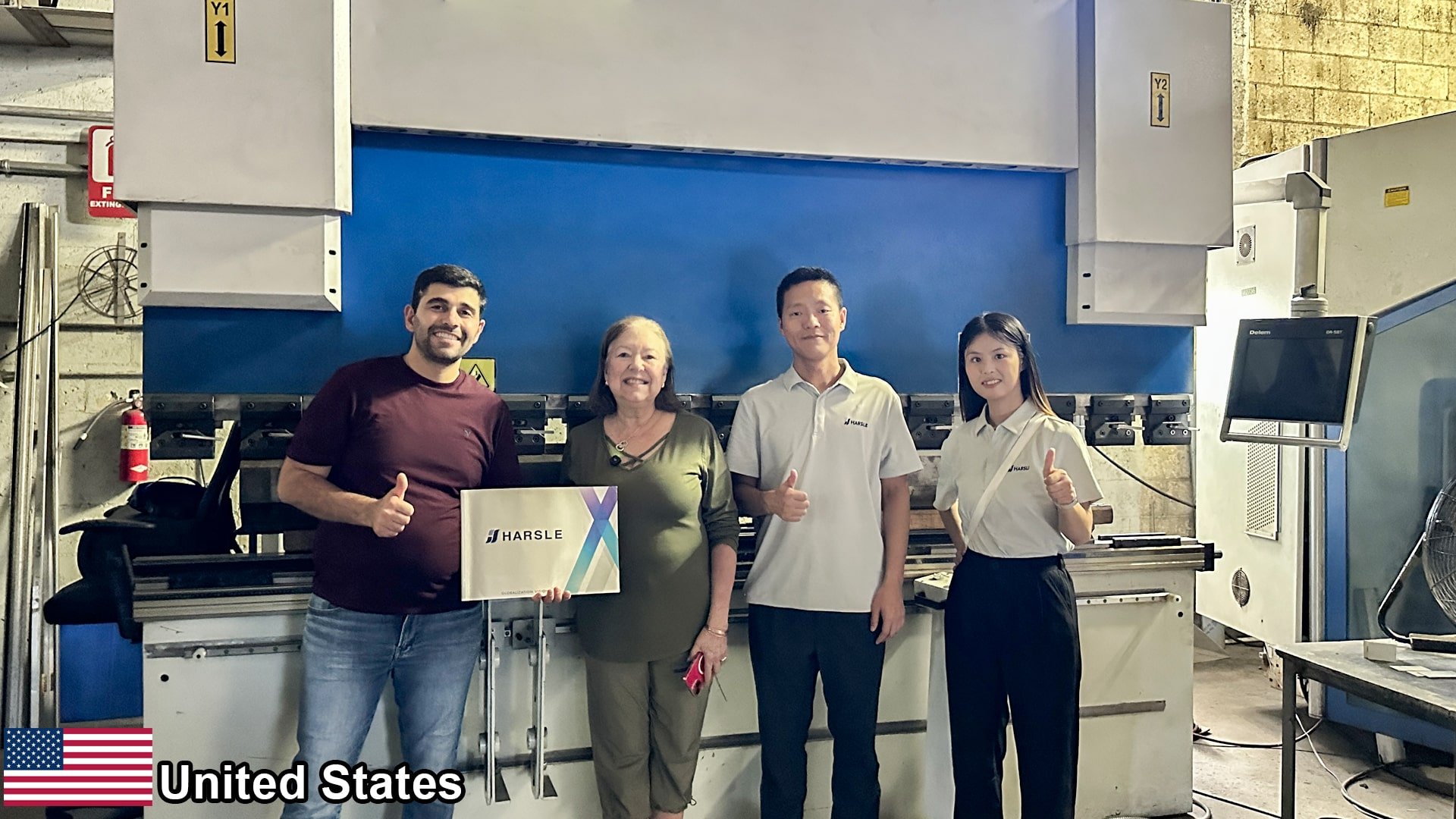Industrial robotics For CNC Bending And Fiber Cutting Production
An automatic CNC bending and fiber cutting production line is a sophisticated manufacturing system designed for precision bending and cutting of various materials, typically metals such as steel, aluminum, and stainless steel. This type of production line combines advanced CNC technology with robotic automation to enhance efficiency, accuracy, and productivity in metal fabrication processes. Here’s an overview of how such a production line typically operates: Design and Programming: The process starts with CAD (Computer-Aided Design) models or drawings of the components to be produced. Engineers or designers create the necessary programs that define the bending and cutting paths for the CNC machines. Material Preparation: Raw materials in the form of metal sheets or bars are loaded onto the feeding system of the production line. The system may include automatic feeders or conveyors to supply the materials to the CNC machines. CNC Bending: The CNC bending machine receives instructions from the programmed code and precisely bends the metal according to the desired specifications. This bending process can involve various techniques such as air bending, coining, or bottoming depending on the requirements of the component. Fiber Laser Cutting: Simultaneously or sequentially, the CNC fiber laser cutting machine receives instructions to cut the metal parts to the required shapes and sizes. Fiber laser cutting is known for its high precision, speed, and flexibility in cutting a wide range of materials with minimal heat-affected zones. Robotic Handling and Sorting: Once the bending and cutting processes are complete, robotic arms or material handling systems transfer the finished parts to subsequent stations or sorting areas. This automation minimizes manual handling and optimizes the flow of production. Quality Control: Throughout the production line, quality control measures such as dimensional checks, visual inspections, and possibly non-destructive testing are conducted to ensure that the manufactured components meet the specified tolerances and standards. Packaging and Shipping: Finished parts are packaged according to customer requirements and prepared for shipping. The production line may integrate barcode or RFID tracking systems to monitor the progress of orders and manage inventory. Advantages of an automatic CNC bending and fiber cutting production line include: High Precision: CNC technology enables precise control over bending angles and cutting dimensions, ensuring consistent quality. Increased Productivity: Automation reduces manual intervention and cycle times, leading to higher throughput and lower production costs. Flexibility: The production line can be easily reconfigured to accommodate different part designs and batch sizes. Reduced Waste: Optimized material utilization and efficient nesting algorithms minimize scrap and material wastage. Improved Safety: Automation reduces the risk of accidents associated with manual handling and machining operations.



